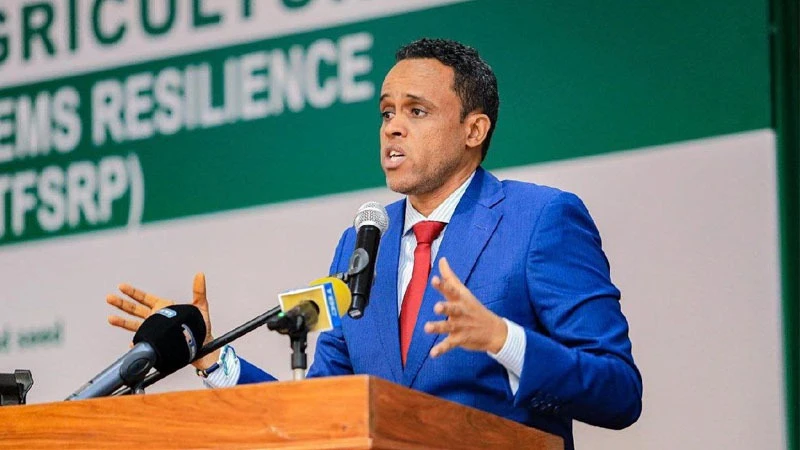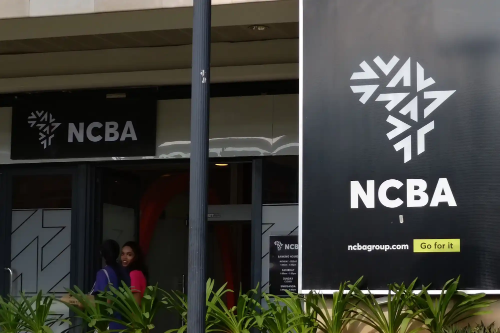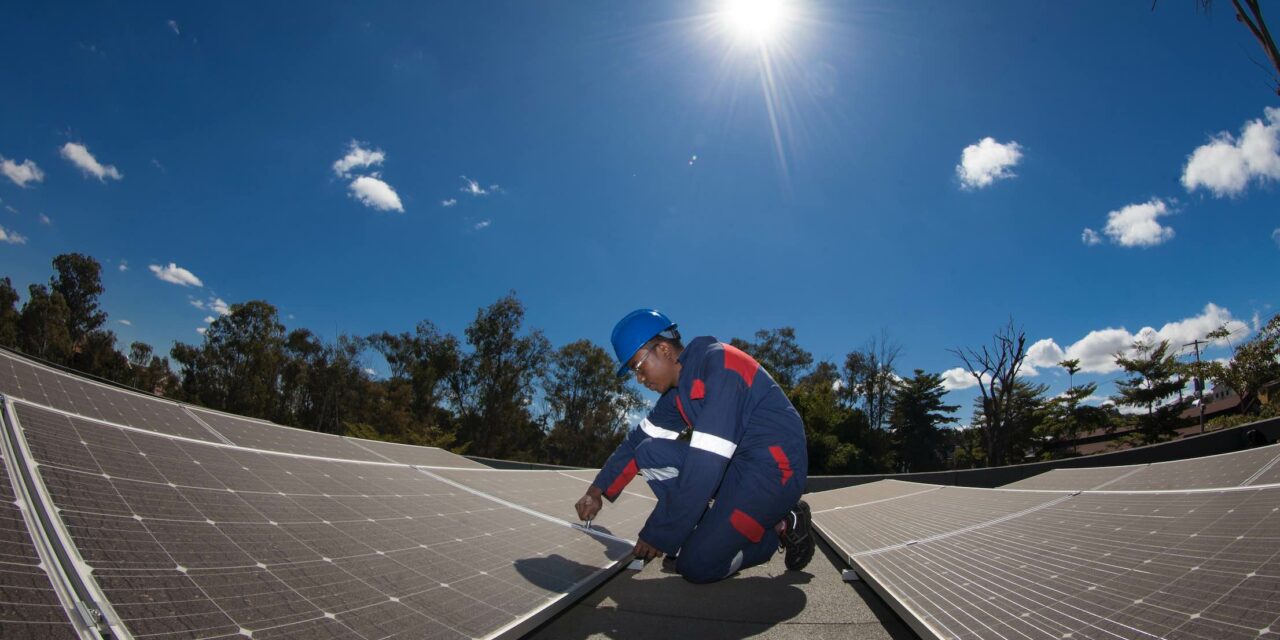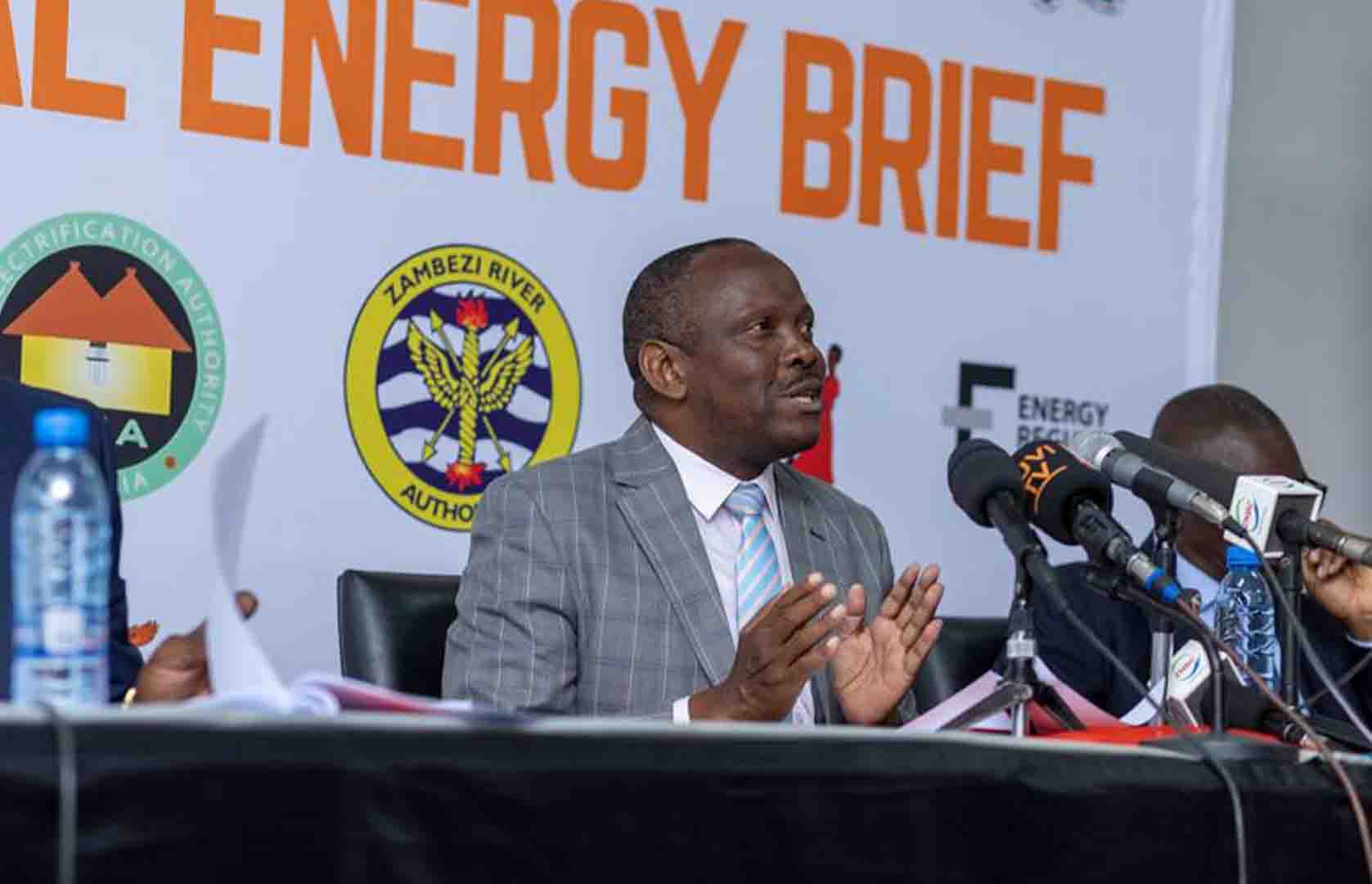Lagos Leads Sub-nationals As Fiscal Gaps Deepen
Lagos’s ₦874bn debt highlights Nigeria’s fiscal divide as ₦4.43trn FAAC flows sustain states, USDNGN=X steadies near ₦1,460 and NGGB10Y yields 17%, while EMB and AFK track frontier risk and CL=F, BZ=F shape oil-linked revenue exposure.
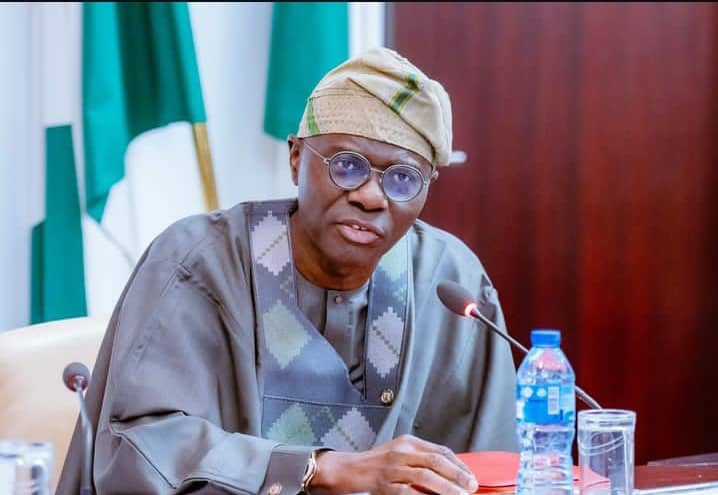
Nigeria’s fiscal asymmetry is widening as transfer dependence deepens across non-oil states while resource-rich regions consolidate their cash positions. The Federation Account Allocation Committee distributed ₦4.43 trillion between January and July 2025, cushioning local budgets but underscoring systemic reliance on federal inflows.
Lagos, the most diversified subnational economy, received ₦279 billion yet carried ₦874 billion in domestic debt—about 17% of its estimated GDP—highlighting leverage required to sustain capital spending amid slowing internally generated revenue. Ten states collectively added about ₦418 billion in new borrowing year on year, reflecting tightening liquidity and fiscal divergence between the coastal, oil-derivation economies and interior, consumption-driven states.
Macro fundamentals frame the stress. Headline inflation decelerated to 18.0% year on year in September 2025 from 20.1% in August but remains high enough to erode real transfer value. The naira (USDNGN=X) traded near ₦1,460 per USD in mid-October, moderating from the ₦1,500 handle reached during Q2 but leaving debt-service ratios elevated. Short-term Treasury bills clear around 16–18%, while the 10-year benchmark sovereign yield (NGGB10Y) sits near 17%, fixing the subnational cost of capital around 15–16%.
Aggregate public debt reached ₦152.4 trillion (≈ $105 billion) by mid-year, or roughly 46% of GDP, but interest payments absorb nearly two-thirds of federal revenue. Oil output averages 1.45 million barrels per day, still below OPEC quota, keeping FAAC allocations exposed to production and price volatility despite partial recovery in receipts.
The fiscal feedback loop is now entrenched. Transfer dependence introduces volatility; inflation and currency depreciation compress purchasing power; states borrow to bridge payroll and capital gaps; rising interest costs crowd out social and infrastructure spending; and arrears accumulate, pushing banks and contractors into risk aversion. Oil-derivation states capture roughly a third of FAAC flows, maintaining higher capital execution rates, while non-oil states rely on federal transfers for 60–80% of recurrent expenditure. Lagos remains an outlier, with tax-base elasticity supported by digital collection reforms, but infrastructure backlog and debt service still hinge on predictable FAAC inflows to avoid fiscal pro-cyclicality.
Markets increasingly differentiate subnational credit quality. Frontier risk appetite, tracked by EMB, has stabilized as hard-currency spreads narrow, but Nigeria’s local risk premium remains high. Domestic investors demand inflation-adjusted yields, and foreign institutions remain constrained by shallow secondary liquidity and uneven disclosure standards for state debt. Regional equity sentiment, proxied by AFK, improved modestly through Q3 2025 on reform expectations, yet price action remains cautious.
Oil benchmarks (CL=F, BZ=F) shape the external leg: firmer crude prices support nominal FAAC inflows in naira terms but simultaneously raise global discount rates, offsetting the benefit through tighter frontier liquidity. With the Central Bank of Nigeria constrained by disinflation management and limited reserves, sub-nationals cannot expect monetary easing to lower borrowing costs.
Policy signals point toward conditional fiscal coordination. Integration of the Treasury Single Account, unified debt disclosure, and expanded e-tax systems can narrow opacity premia and enable market-based credit differentiation. The key ratio—debt to revenue—exceeds 250% for many non-oil states, unsustainable with yields above 15%. Lagos’s relative strength should not obscure systemic vulnerability: renewed naira pressure or a decline in oil output would widen inter-state inequality, depress capital multipliers, and delay wage and pension payments. Fiscal coordination, not federal bailouts, will determine whether Nigeria can maintain solvency across its federation.
The outlook is measurable and time-bound. By June 2026, consolidation requires state debt-to-revenue ratios below 200%, FAAC’s share of subnational revenue under 60%, and capital-execution rates above 70% with arrears contained. If inflation holds below 20% and USDNGN=X stays range-bound, subnational yields could tighten 100–150 basis points from current levels, supported by firmer EMB and AFK performance. Miss those thresholds—particularly if CL=F and BZ=F soften or FX volatility resurfaces—and Nigeria’s fiscal bifurcation will deepen, with markets widening spreads and shortening tenors across the federation.


